Plastic injection molding is the process of injecting molten plastic into a metal mold to produce plastic parts. It can use granular or pelleted plastic resin to produce products ranging from automotive and airplane components to storage containers, musical instrument parts, and combs. At the same time, plastic injection molding can use various plastic compounds to produce enormous amounts of the same item, such as polycarbonate, polystyrene, polyethylene, polypropylene, polyvinyl chloride, acrylic, and Teflon®.
By far, plastic injection molding is the most common way to produce large volumes of finished plastic parts for every kind of commercial and industrial use.
1. Benefits of Plastic Injection Molding
Plastic injection molding has become very popular recently because of the following advantages:
-
Low Cost Per Part
Although there is an initial high investment in plastic injection molding tools, the cost of each part is very low afterward. Other plastic processing technologies may require multiple operations, such as polishing, while injection molding can complete all operations at once. If you choose the upper part of the CNC machine tool, it will cost hundreds of pounds per part. If you want full production, injection molding is the best choice.
-
Precision
Plastic injection molding is the perfect choice for very complex parts. Compared with other technologies, molding can contain more features with very tight tolerances. Look at the image on the right. You can hold this mold in the palm of your hand. It has convex surfaces, ribs, metal inserts, side cores, and holes that slide to close on the tool. It is so versatile in a small role! It is impractical to make it with plastic, and it is impossible to use a vacuum forming process.

-
High Repeatability
Once your mold tool is made, the same product can be manufactured over and over again. A decent mold has a long mold life, as long as it is handled correctly by the molding machine setup staff!
-
Fast
The cycle time can be as low as 10 seconds. Combined with multi-mold injection molding tools, you can get a lot of products quickly. The upper part takes longer because it is a special material and has many characteristics that need to be formed correctly, but in about 50 seconds, you can still get 70 parts per hour. CNC machining will take half a day at once-3D printing it is even longer!
-
Material Choice
Plastic injection molding is suitable for many plastics. The choice of material depends on the design and production requirements of the part and affects the design and construction of the injection mold. Here is a selection guide for plastic injection molding material to help you choose the right plastic materials for your projects.
-
Special Surface Finishes, Engraving & Printing
In addition to a range of colors, injection molding tools can also be made with a special finish, which will show up on the mold. Almost any finished product you like, such as leather appearance, soft feel, glitter, high gloss, you can think of. You can also engrave a logo or other text in the tool. Finally, you can print your shape, because there are a series of inks that can be printed well on plastic.
-
Little Plastic Waste
Injection-molded parts are highly repeatable. Even sprues and runners (the remaining plastic fragments produced by the “passage” of the plastic material reaching the actual mold) can be reground and reused.
2. What is the plastic injection molding process?
In the plastic injection molding process, the plastic particles are first sent into the high-temperature injection barrel through the hopper, where they are heated, melted, and plasticized into a viscous melt flow. Under the huge thrust of the plunger or screw, the plastic particles are sprayed at a high speed through the nozzle to a lower temperature closure.
Under tremendous pressure, the molten plastic will fill the entire cavity and will also be compacted. After this, the plunger or screw will return after maintaining the pressure for a period of time. At this point, it is possible to reflow from the cavity to the gate and runner system.
When the mold is opened after cooling and forming, the product will be released from the mold cavity.
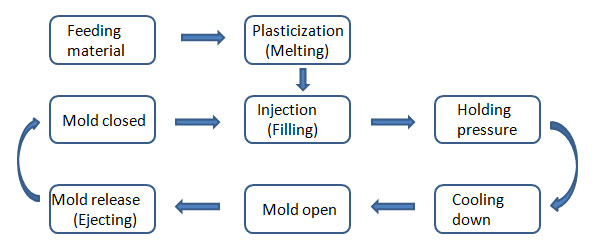
3.Plastic Injection Moulding Raw Materials
What plastic is used in injection Moulding? Actually, there are a variety of materials available for plastic injection moulding. Choosing the right plastic raw material for your custom injection molding project is an important decision. The appearance and behavior of plastic materials are different due to the characteristics of their chemical composition. Depending on the expected application and function of the part, important material properties such as durability, flexibility, performance, texture, density, and color must be considered.
Here is some common plastic injection molding raw materials used:
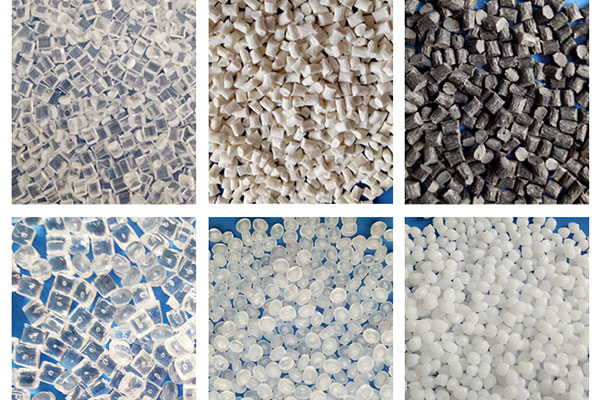
- Crystalline Plastics
- Amorphous Plastics
- Imidized Plastics
- Polyethylene (PE)
- Polypropylene (PP)
- Acrylonitrile Butadiene Styrene (ABS)
- Polyoxymethylene (POM)
- Polystyrene (PS)
- Resin
- Nylon
- Polycarbonate
- Thermoplastic Rubber
- Fiber Reinforce Plastic
- Glass Filled Nylon
- Acrylic
If you are interested in knowing more details about how to choose the right plastic injection molding material for your project, you can check this guide for plastic injection molding material selection.
4. Products of Plastic Injection Molding
The first plastic injection molding process was used to produce combs, buttons, and collars. With the development of injection molding technology, plastic injection molding has widely used in many industries, such as aerospace, automotive, consumer products, construction, medical, packaging, plumbing, toys.

There is no doubt that the product of plastic injection molding has entered our daily life. If you want to know more details about plastic injection applications, you can view this article: What Products Can Be Made with Plastic Injection Molding?
4. What are the plastic injection molding defects?
Although plastic injection molding has so many benefits, you still should know the disadvantages of plastic injection molding before make your decision.
The main drawback of plastic injection is a high startup cost for the initial setup. It ranges from $3,000 to $100,000, it depends on the complexity and size of the plastic part. Here are some other common disadvantages of plastic injection molding:
-
Initial Lead Time
It may take months of design, testing, and tool manufacturing from product concept to the final part. In other words, if you know what you want, you can get your finished mould in 6 weeks. Once the tool exists, it takes very little time to run the mold, especially when you have a multi-impression tool.
-
Large Part Size Limitations
Huge machines are required to make plastic injection molding. If you want to make very large parts, then you will need a huge mold tool, and it will bring a very high manufacturing cost. In this case, plastic fabrication may be a better choice, it depends on the desired product.
-
Careful design needed
Plastic molds need to be designed very carefully to avoid mold problems such as undercuts, locking features, and insufficient drafts. The material and temperature need to be considered when designing the wall, or the mold may not be completely filled. The location of the ejector and cooling line will need to be considered to ensure that the product is aesthetically pleasing.
5. Should I choose plastic molding for my product?
You have many reasons to choose plastic injection molding for your plastic part manufacturing, but you still think about it again. There are many factors you should consideration: design, material, size, quantity required, your budget. You must evaluate each product concept to determine the most effective and economically feasible production method.
Holly Plastic provides plastic injection molding, vacuum forming, and plastic manufacturing, including a series of finishing, printing, and packaging services. Our long-term experience allows us to help you choose the best manufacturing process for your new project. If you are not sure you can fix all the problems, we are happy to help you.

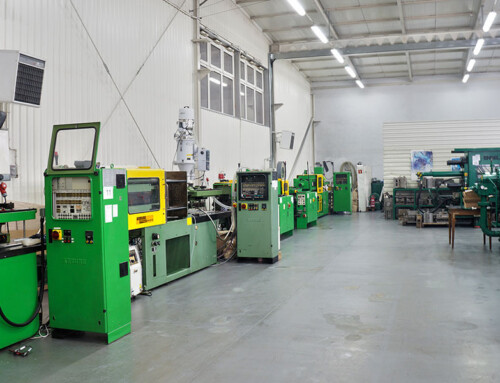
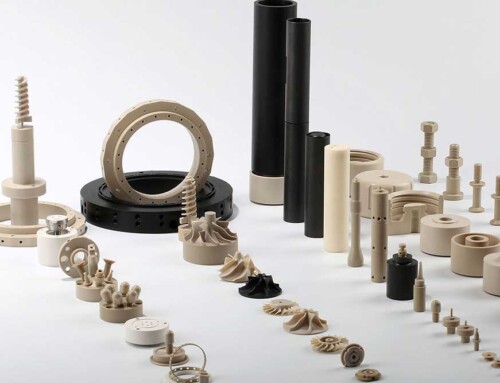
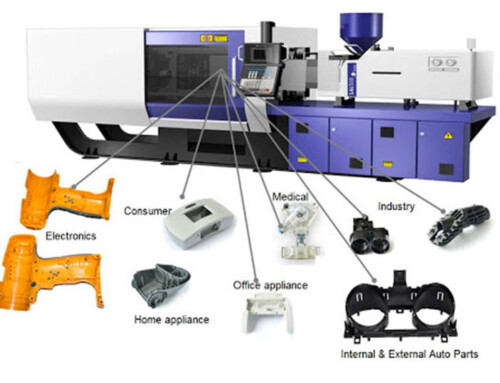
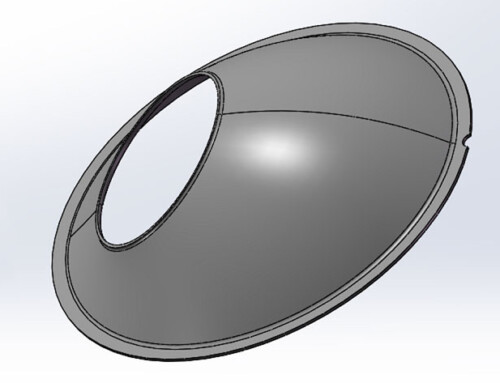
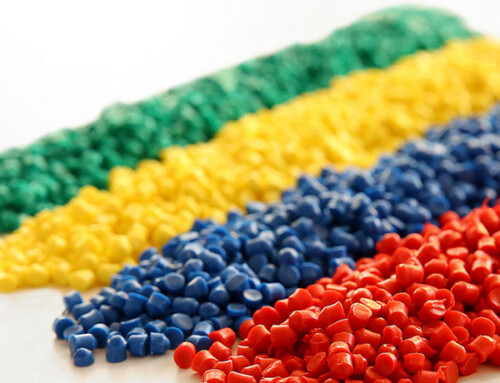
Leave A Comment